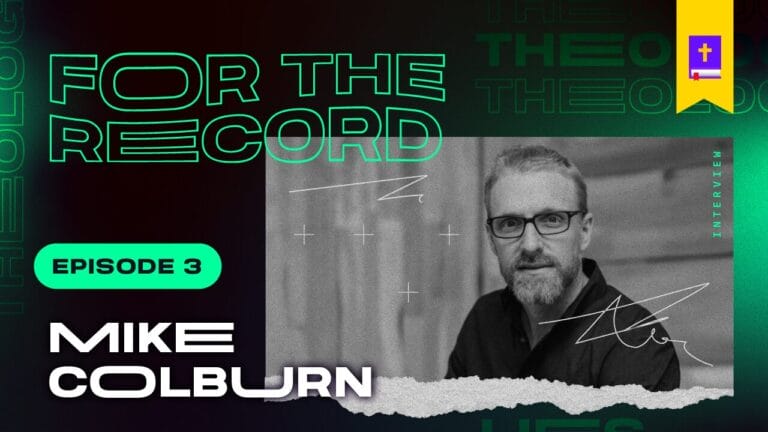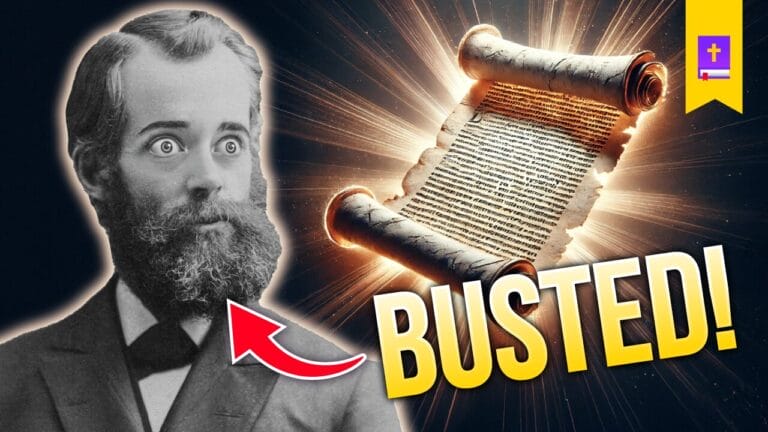Adventist Teaching: Yes
Biblical Teaching: No
The belief that Jesus didn’t enter the Most Holy Place until 1844 is a foundational pillar of Seventh-Day Adventist theology. This belief was developed as a response to the Great Disappointment and the Shut Door by trying to use Daniel 8:14 as the primary support.
By way of Ellen G. White, the Adventist Church teaches that from Christ’s ascension until 1844, He was in the outer apartment (Holy Place) of a Sanctuary building in Heaven. During this time he was doing a work of intercession analogous to that of the Levitical Aaronic priesthood. In 1844, he moved with the Father from the Holy Place into the Most Holy Place to begin the Investigative Judgment. It is in this process that Jesus is looking over the Books of Record of all who have professed faith in Christ from Adam and Eve to the present day to begin blotting out the sins of those who are found worthy of His atoning benefits. This is to say Adventist’s do not believe the atonement was completed at the cross. It’s only where the atoning sacrifice took place. In their system, Christ is still dealing with sin and hasn’t put it away yet.
There are a plethora of reasons why this is wrong and contradicts the Bible—namely the book of Hebrews. Scripture tells us that Jesus put sin away by the single sacrifice of Himself at the cross (Hebrews 9:26) and that He is seated on His throne in Heaven (Hebrews 1:3, 8:12, 10:13, 12:2; Colossians 3:1) where he will rule and reign until all of His enemies are made a footstool. Unlike the Levitical priests that never sat down because the work of dealing with sin was never finished, Jesus is seated. This is the significance of the scriptures telling us this over and over again. It shows a stark contrast between Jesus’s Melchizedekian, kingly priesthood over and against the Aaronic, Levitical one.
Hebrews 9:8 tells us that while the work of the Levitical priesthood work was going on, the way for us to enter into the presence of God was closed off. But then he tells us in Hebrews 10:19-20 that a new way has been opened for us and it’s by the blood of Jesus. This means that Jesus was not doing analogous work to the Levitical priests, only in Heaven.
We are also told that the Levitical priesthood work was a constant reminder to people of their sins still needing to be dealt with and the animal sacrifices were a reminder of this (Hebrews 10:1-3). The conscience of the sinner was never cleansed. But Jesus’s sacrifice does provide a cleansed conscience (Hebrews 9:14, 10:11-14). If Jesus was doing work analogous to the Levitical priesthood in Heaven, this couldn’t be said.
Furthermore, Hebrews 6:19-20 says that Jesus entered “behind the veil” after the order of Melchizedek. Ellen White claimed this referred to the veil between the courtyard and the holy place, not the veil separating the holy from the most holy. This is incorrect. It says Jesus entered within the veil as a high priest—after the order of Melchizedek—which is referring to the veil that only the high priest could go behind—The Most Holy Place (which is Heaven itself).
The Adventist Church often appeals to Hebrews 9:23-24 to say that what was on earth was an identical copy of what’s in Heaven, only it was a scale model. But the text says Jesus entered into “Heaven itself”, not a temple building. Heaven is the Most Holy Place because it is where God’s manifest presence is located. But let’s grant them that there is a literal temple building in Heaven. The presence of God was never manifest in the holy place, only the most holy place, and we’re told Jesus entered into the presence of God upon His ascension (Hebrews 9:24). There also was never a throne in the earthly holy place, like Ellen claims to have seen in Heaven. So even if we grant them their temple building in Heaven theory, it backfires. Ellen White claimed to be shown Jesus and the Father, on a throne, in the Holy Place until 1844, contradicting even their own theory of identity.
Lastly, sins were not transferred and stored in Heaven until 1844 to then begin being blotted out. Old Testament figures such as Isaiah and the Psalter understood this clearly (Isaiah 43:25, 44:22; Psalm 51:9).
The Adventist Church’s defense from their scholars, such as Roy Gane, Ph.D, has been that what Ellen White saw was purely symbolic and there isn’t even a veil in the Heavenly sanctuary, there was only a change of ministration. They are appealing to Ellen White who claimed that the veil tearing in Matthew 27:51 represented a change from the earthly to the heavenly place ministry—which isn’t correct.
Ellen G. White claimed that “whatever contradicts God’s Word, we can be sure proceeds from Satan.” We’ll let you connect the dots.
Watch our exam of the Investigative Judgment to see more problems with this theory and responses to Adventist leaders.










